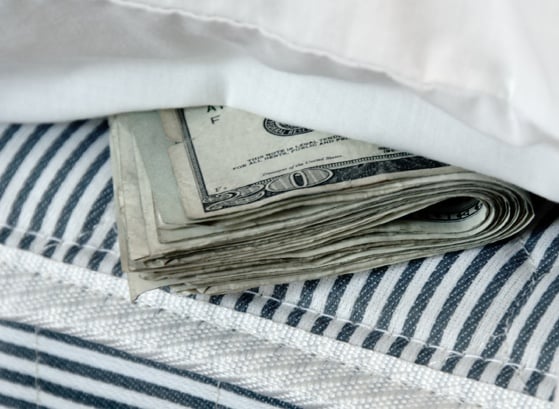Right now, the increase in the cost of living is far outstripping returns on certificates of deposits -- even long-term CDs.
Savers who put their cash in longer-term certificates of deposit are losing out to inflation, according to Market Rates Insight.
The annual inflation rate of 3.16 percent in April topped the best 5-year CD rate of 2.4 percent, according to San Anselmo, California-based Market Rates Insight in a report today. Inflation was 2.11 percent in February, surpassing the long-term CD rate of 2.10 percent for the first time since October 2008, Market Rates said.
“Right now, people are more concerned about the return of their deposits rather than a return on their deposits,” Dan Geller, executive vice president for Market Rates, a financial data and research company, said in a telephone interview. “People are looking for this one island of safety and security, and insured deposits provides it,” he said.
There was $9.4 trillion held in banking deposits as of December, compared with $9.2 trillion in December 2009, according to the Federal Deposit Insurance Corp.
The average 5-year CD yielded 1.7 percent and the average 1-year certificate yielded 0.45 percent on May 18, according to North Palm Beach, Florida-based Bankrate.com.
The highest-paying one-year CD yields 1.4 percent and is offered by Doral Bank, a unit of Puerto Rico-based Doral Financial Corp. The top 5-year CD yields 2.58 percent and is offered by online bank EverBank Financial Corp., according to Bankrate.com data.
‘True Return'
“True return is measured in after-inflation terms, because that's your actual buying power,” said Greg McBride, senior financial analyst for Bankrate.com. “That being said, investing in a CD isn't compensating you for last year's inflation, it's compensating you for next year's inflation, which is unknown.”
To get the average 2.4 percent rate, investors generally would have to buy callable CDs, according to Market Rates. Callable CDs are certificates that the issuers can redeem at set periods.
--Bloomberg News--







